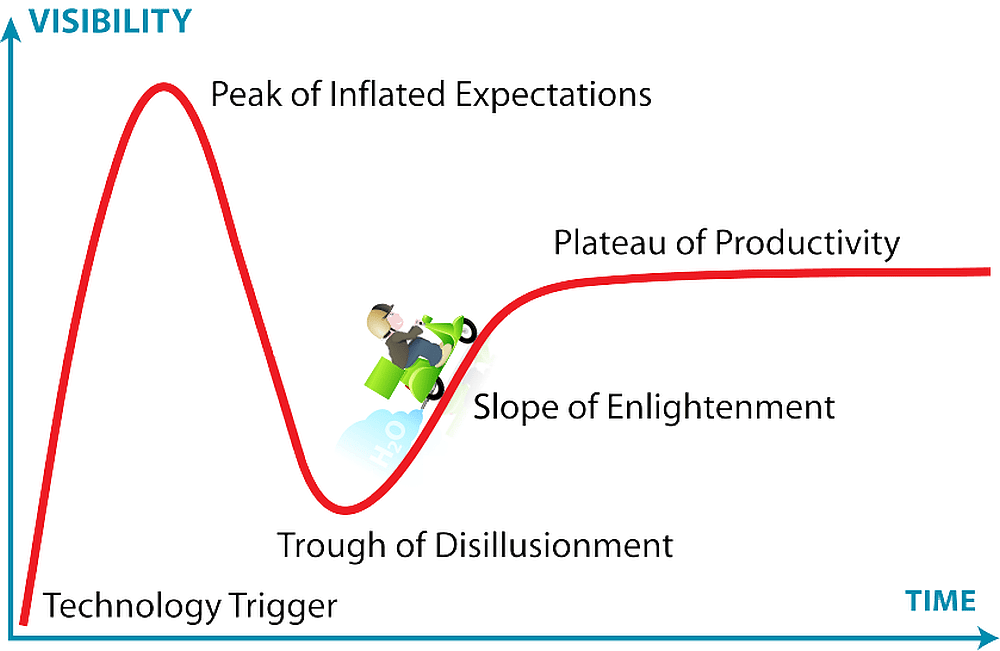It is widely accepted that convenient access to reliable materials property data is vital to the development of innovative components and devices, as well as for modeling and theoretical calculations of properties. We believe the field of ceramics can be used as a prototype for the issues facing the development and maintenance of a materials property database in today’s environment.
Key questions include:
- Do users want and need a single point of access for ceramics data?
- Are they willing to pay for it?
- What are the costs of maintaining such a resource?
Keeping a data resource current is especially important because materials change over time, especially in the case of ceramics, where a variation in starting materials and/or processing conditions can make a significant difference in the properties of the final product. In addition, as new testing procedures are developed, test data from previous decades may not stand up to today’s scrutiny.
To make a data resource relevant, it must be refreshed on a regular basis.
Some long term investments have been made in collecting and providing access to materials data that continue to provide value. Prime examples of these investments are phase diagrams and crystallographic data. These databases contain fundamental property data of materials, which remain of great value over decades.
Performance property data, which is much more dependent on material composition, and often varies over time as material composition changes, has not yet been successfully collected in long-term programs in the same manner.
Cost and performance competitiveness are always significant issues. In response, materials producers are continually redesigning, improving and changing commercial materials. In many instances keeping proprietary data protected is critical for the economic success of the product or a company. Consequently, one can conclude that significant quantities of data on the newest materials and latest materials advancements will be in large scale databases only after a significant time lag.
Are data useful even if their pedigree is uncertain? Are any data, despite uncertainty in their quality, better than no data at all? That is, must data be evaluated by experts to be useful or valuable? Evaluation is expensive.
For some time, National Science Foundation grantees have been expected to share primary data, samples, physical collections and other supporting materials created or gathered in the course of their work, and within a reasonable time at no more than incremental cost. Effective Jan. 18, 2011, inclusion of a plan for data management will be an NSF-wide requirement for all proposals.
The motivation for this change is that science is becoming increasingly more data-intensive and collaborative. Numerous disciplines are often needed to attack complex problems; sharing of data facilitates this process. Researchers communicate and collaborate through the processes of sharing data, software and publications. The ultimate goal is to have more effective research endeavors and make data available to future generations.
The time has come to plan for the future and not only assess where we are, but where we need to go. It is critical to determine viable business models that can be applied to establish a sustainable materials property data access approach.
With this in mind, we can say that plans are being developed with a federal government agency to conduct a study into what would be required to create a sustainable ceramic properties database. We will report more on this in the March issue of the Bulletin of The American Ceramic Society.
CTT Categories
- Market Insights

